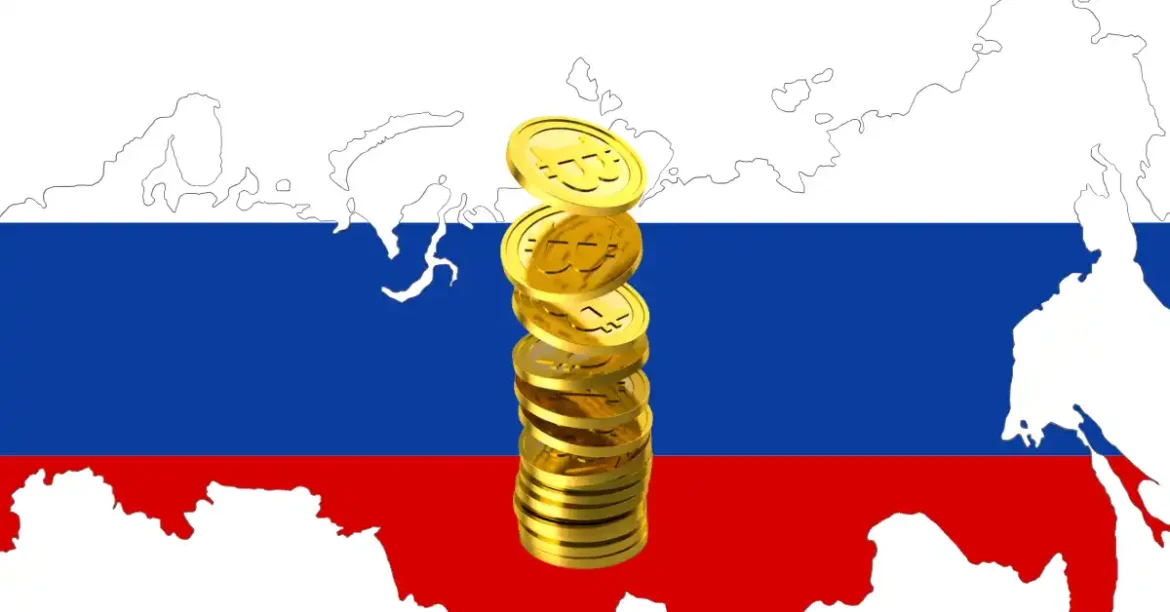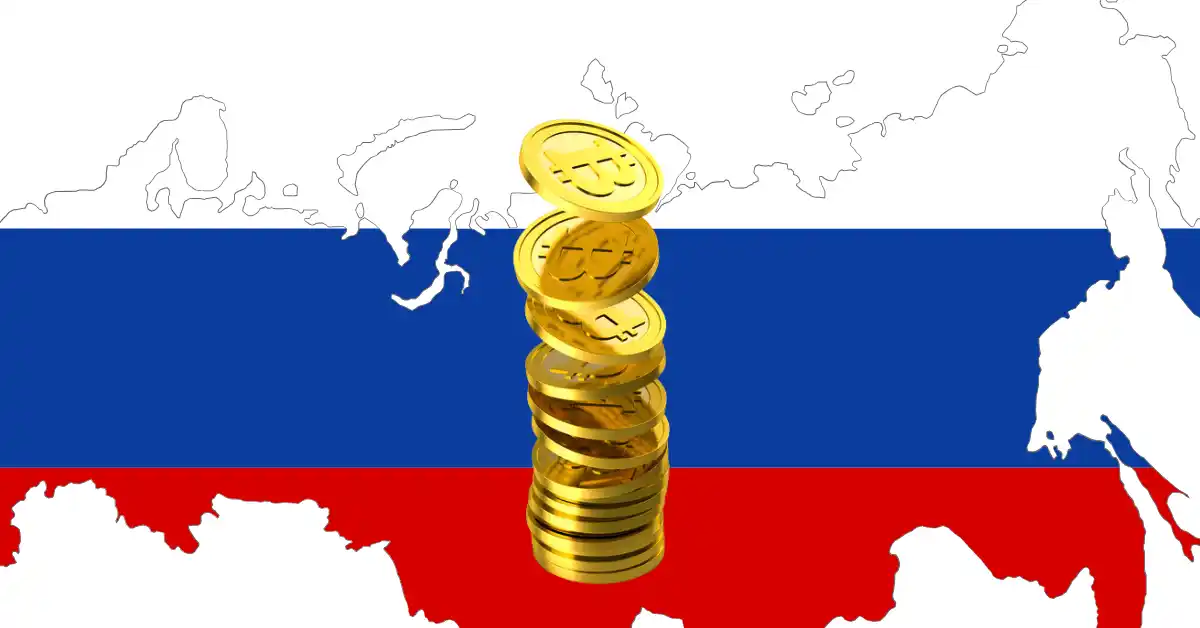Russia’s Controlled Embrace of Crypto: Opening Doors with Firm Boundaries
Russia’s central bank is gradually easing its stance on cryptocurrency by permitting crypto-related financial products—but strictly for qualified investors and under tight regulation. This marks a pivotal moment as Russia navigates a complex intersection of domestic financial liberalization and international sanctions impacting its access to digital assets.
—
The New Crypto Landscape: Derivatives Without Ownership
The Bank of Russia’s latest rulings allow licensed financial institutions to offer derivatives, securities, and digital financial assets linked to cryptocurrency prices, but without investors directly holding any coins. This “non-deliverable” framework means investors can gain exposure to crypto price movements purely through contract-based instruments rather than owning cryptocurrencies outright. This approach mitigates some risks linked to custody, laundering concerns, and potential sanctions evasion.
Such instruments include:
– Crypto derivatives (futures, options settled in cash)
– Crypto-linked securities
– Digital financial assets with returns tied to crypto prices
This model aligns with Russia’s objective to enable market participation while preserving strict controls over crypto flows and usage.
—
Qualified Investors and the “Super-Qualified” Threshold
The new access isn’t universal. The Bank of Russia restricts crypto product trading to “qualified” or more specifically “super-qualified” investors, reflecting a tier where only those meeting steep financial thresholds may participate. For instance, one requirement cited is an annual income or asset base exceeding approximately $1.1 million in securities and deposits. This creates a niche market of high-net-worth individuals and institutions with both the means and sophistication to engage in these products.
By limiting exposure to this elite group, Russia’s regulators seek to shield most retail investors from volatile crypto markets’ inherent risks while cultivating an incubated environment for controlled experimentation.
—
National Crypto Exchange: A Closed Ecosystem for High-Net-Worth Participants
Further amplifying this measured opening, Russia plans to launch a national crypto exchange dedicated solely to high-net-worth investors. This exchange will operate within a fully regulated and legally distinct framework, focusing on crypto derivatives and related assets under strict oversight.
This closed system aims to:
– Centralize and standardize crypto trading for qualified players
– Limit the risk of uncontrolled crypto flows or systemic shocks
– Foster transparency and regulatory compliance within the elite investing class
This initiative demonstrates a stark contrast to the open, decentralized ethos of many global crypto markets but fits Russia’s current political-economic strategy.
—
Sanctions Context: Crypto as a Double-Edged Sword
Russia’s cautious crypto liberalization unfolds amid a backdrop of intense geopolitical pressure. Sanctions from the U.S., EU, UK, Japan, and others have targeted Russian financial activities, including digital assets, seeking to isolate Moscow economically. Cryptocurrencies represent a potential tool for sanctions evasion due to their pseudonymous nature and ease of cross-border transfer.
Some reports suggest Russia leverages bitcoin and similar assets to bypass restrictions and maintain trade flows, albeit covertly. However, the Bank of Russia carefully balances this by:
– Prohibiting direct crypto ownership trading for most citizens
– Conferring activity via bank-regulated, cash-settled instruments only
– Implementing stringent licensing and regulatory conditions for providers
Thus, the new crypto framework can be viewed as an attempt to harness blockchain technology’s benefits while minimizing its use as a sanctions loophole.
—
Regulatory Nuance: Experimental Legal Regimes and Market Safety
The Bank of Russia proposes a three-year experimental legal regime (ELR) to trial crypto investment under these parameters. This kind of pilot program serves multiple purposes:
– Establishing clear operational standards and compliance protocols
– Monitoring investor behavior and market impact under controlled conditions
– Collecting data to inform future regulatory adjustments
The Bank explicitly warns about the volatility and risks inherent in cryptocurrencies, reinforcing that crypto exposure should be constrained to those financially ready and aware.
These measured steps indicate a cautious progression rather than a wholesale embrace—seeking to balance innovation with financial stability and national security concerns.
—
Implications for Investors and Markets
For the elite Russian investor class, this represents a newfound channel to diversify portfolios with crypto-linked financial products in a regulated environment. Potential benefits include:
– Risk-managed exposure without direct crypto custody risks
– Access to emerging asset classes under formal supervision
– Participation in a pioneering national ecosystem tailored to Russian regulations
Conversely, the tightly controlled structure limits broader market democratization and leaves retail and smaller investors largely on the sidelines. It may also preserve state oversight and curb capital flight risks associated with unregulated crypto dealings.
Globally, Russia’s approach contrasts with more open or prohibitive policies elsewhere, reflecting its unique geopolitical position and regulatory preferences.
—
Conclusion: Russia’s Crypto Cautious Dance Between Innovation and Control
Russia’s central bank is clearly stepping into crypto-related markets—but deliberately and with firm guardrails. By authorizing crypto derivatives and linked securities only for qualified investors, enforcing a non-deliverable structure, and confining trading to a national exchange for elites, Russia crafts a segmented and closely monitored digital asset ecosystem.
This approach addresses internal demand for innovation, investor opportunity, and adaptation to global trends while mitigating risks posed by crypto volatility, illicit usage, and sanctions circumvention.
As these experimental frameworks unfold, Russia’s crypto evolution will remain a fascinating example of how major economies might reconcile innovation with control in a geopolitically charged environment—setting a model distinct from both laissez-faire and outright prohibition scenarios. The next few years will reveal whether this cautious pilot grows into wider liberalization or remains a niche enclave for the financially privileged.





